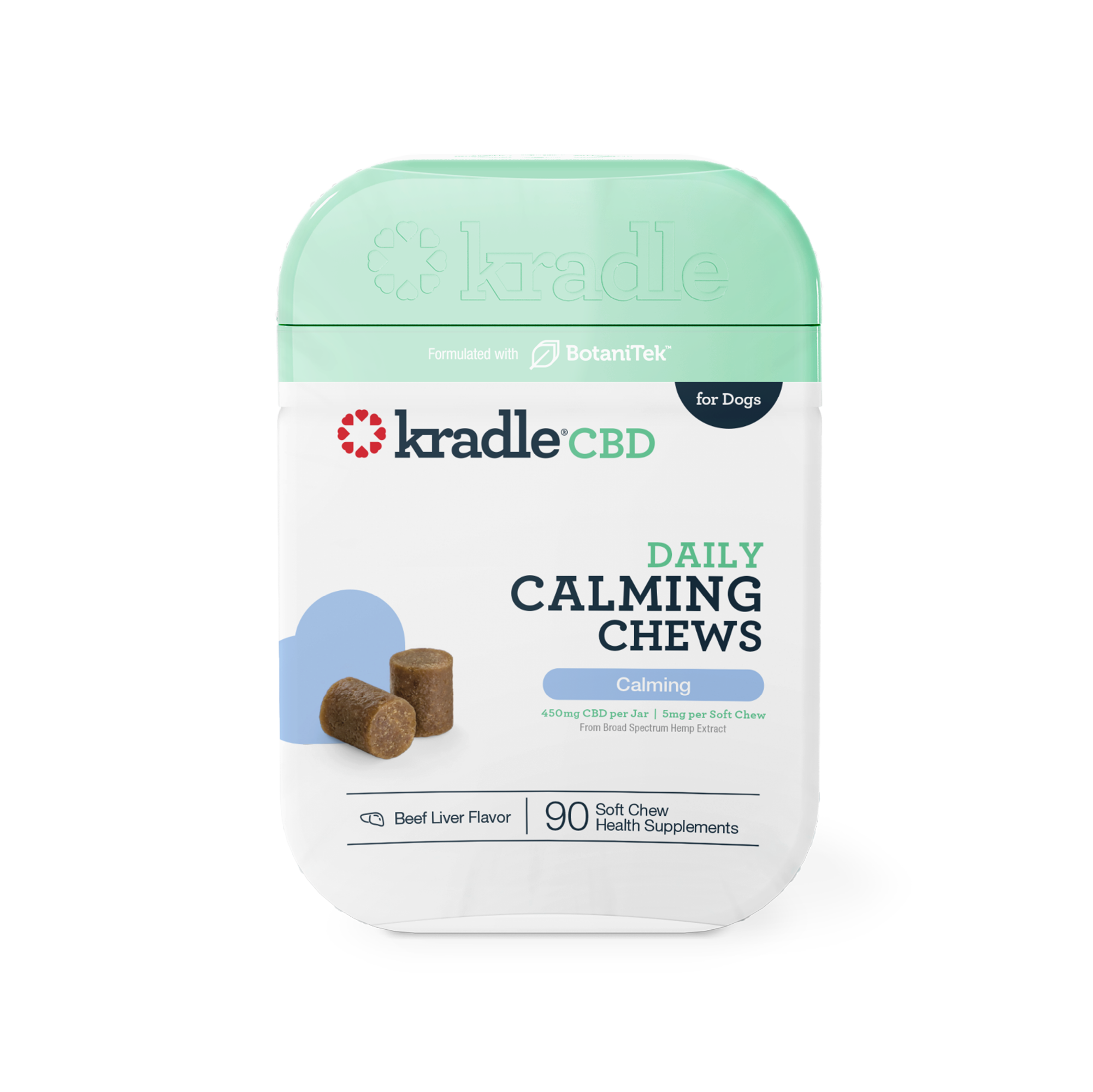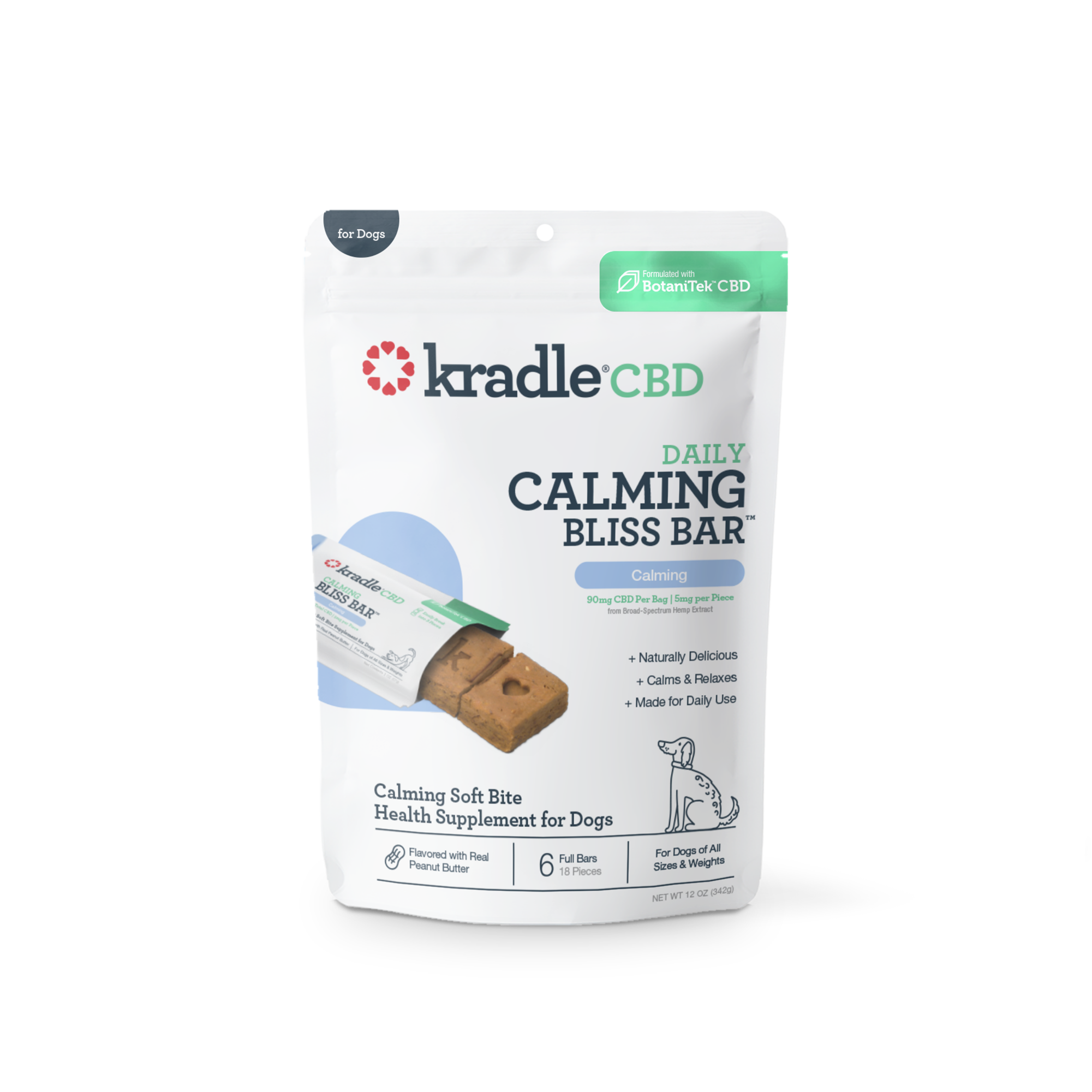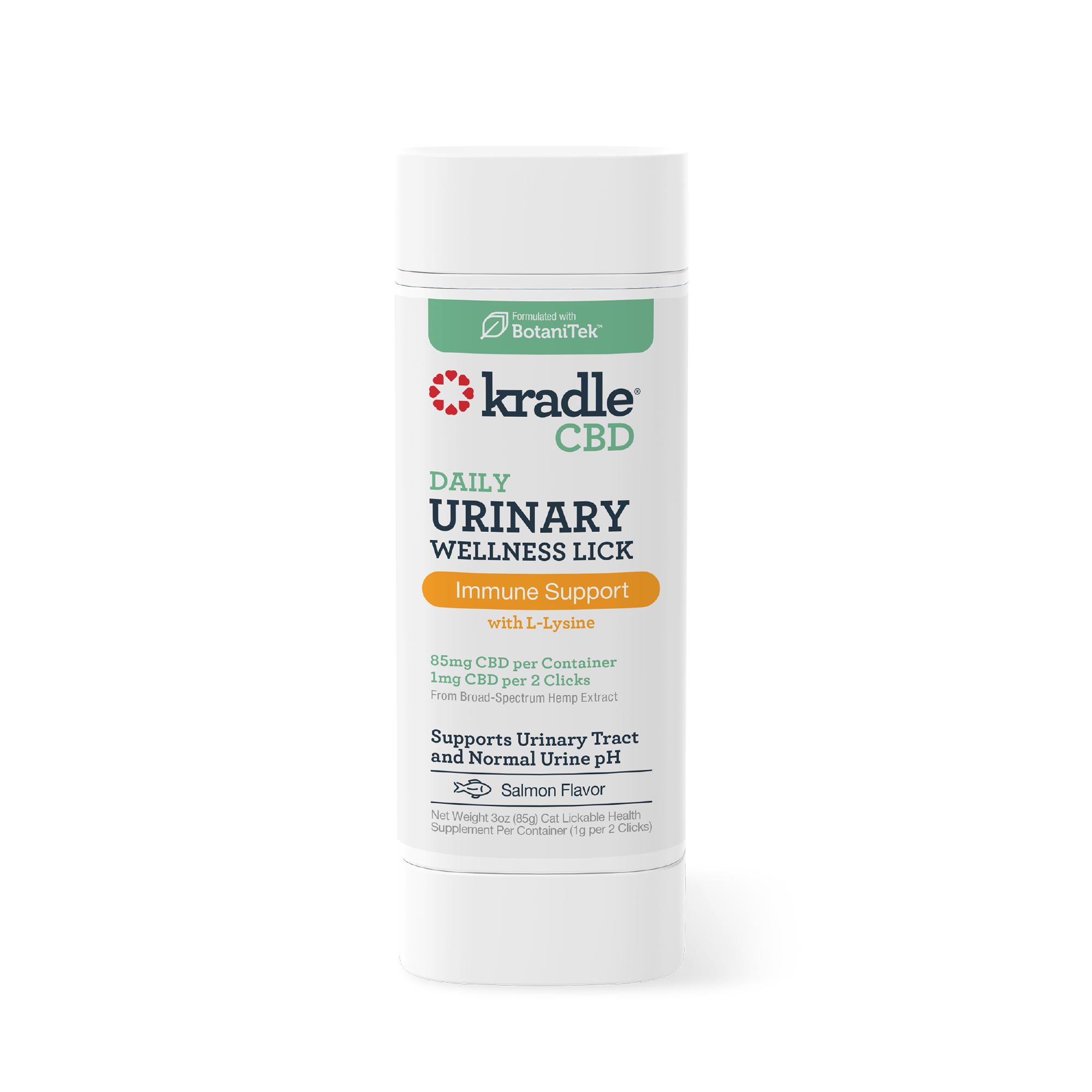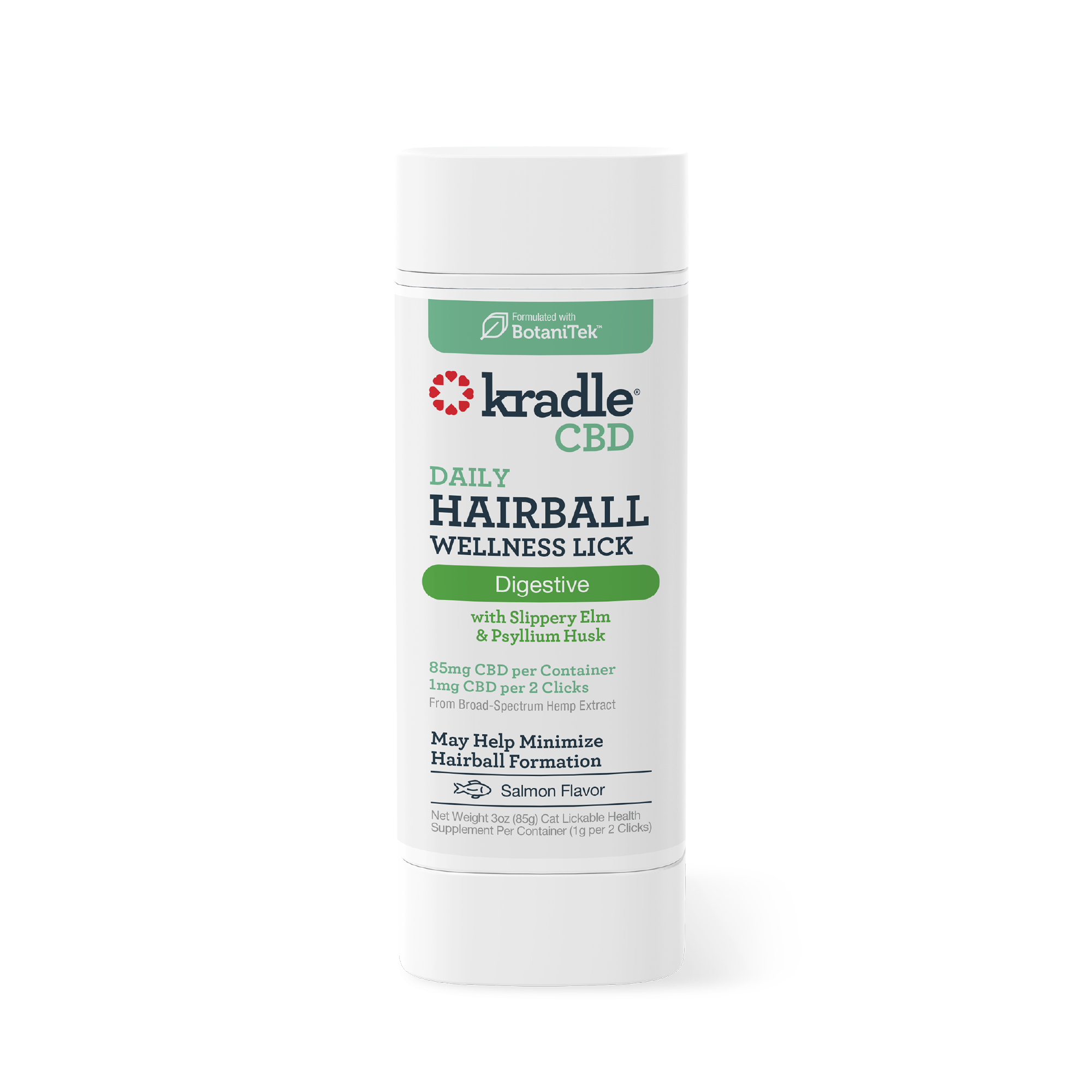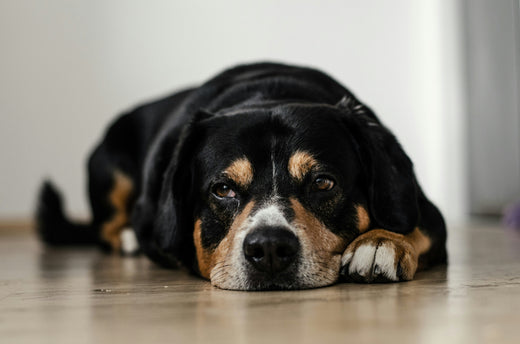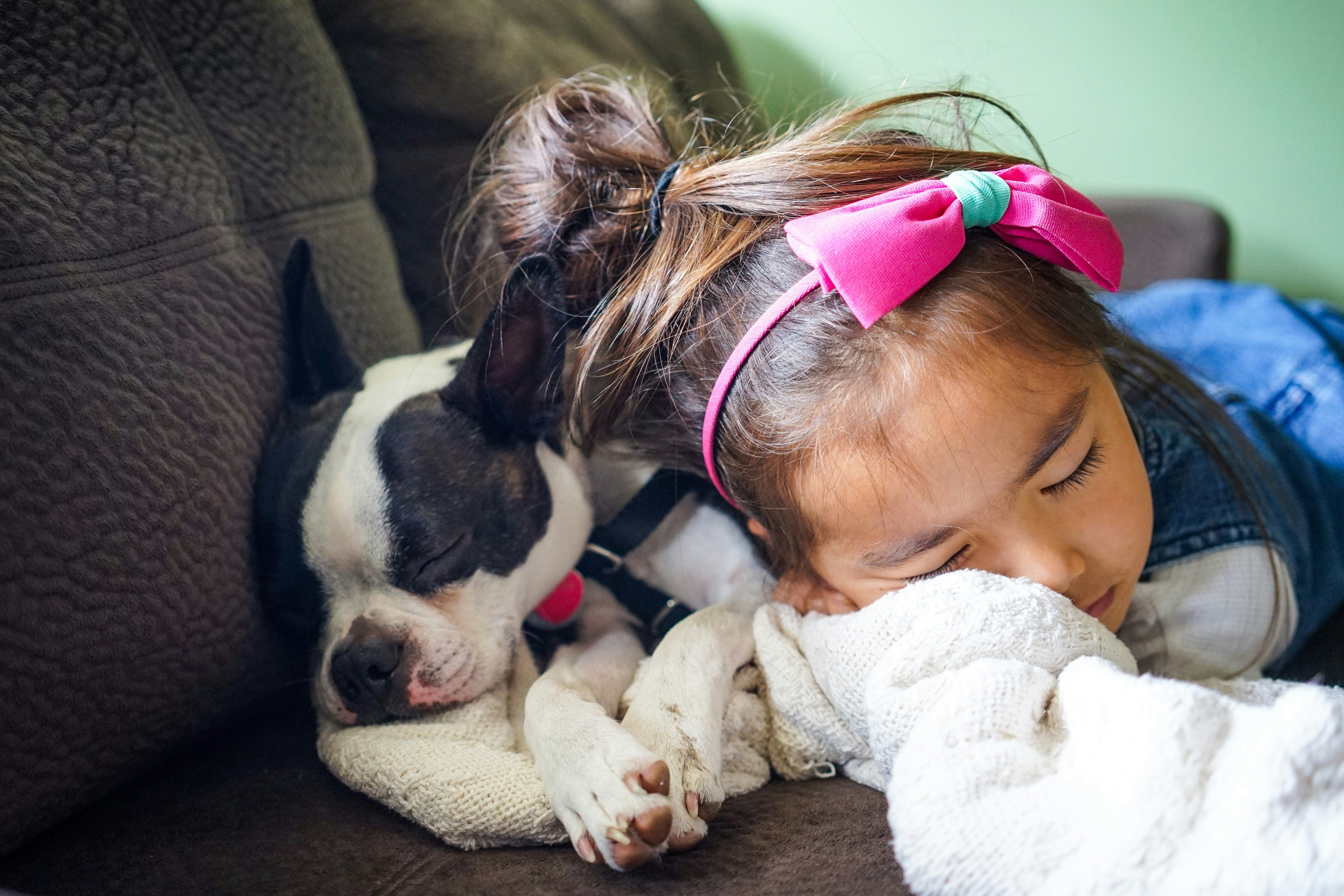
Back to School: Helping Your Pet Adjust to New Routines
As members of the family, pets are also impacted by the return to school, and in some cases, the upheaval can result in anxiety. Both puppies and older dogs may begin to display anxiety-related behaviors during the back-to-school seasons, though the underlying reasons may vary. By understanding pet anxiety and the strategies for coping with it, you can help your dog remain happy and healthy while everyone adjusts to the school-year routine. This post explores the causes of anxiety in dogs, as well as methods of dog anxiety relief that may help your pet during back-to-school season and beyond.
Why Dogs Get Separation Anxiety
Separation anxiety in pets is the term for anxiety that arises when pets are separated from their owners. In dogs, it can lead to problematic behaviors, such as barking, howling, destructive chewing, trembling, restlessness, excessive salivating and urinating and defecating indoors. Dogs of all ages can develop separation anxiety and some breeds are more prone to it than others.
The reasons why dogs get separation anxiety differ somewhat between puppies and older dogs. Because they're growing and developing, puppies are highly dependent on their human family. If a puppy joined your family in the spring or summer, they may have gotten used to the more relaxed routine with everyone spending more time at home. Unaccustomed to being alone, they may experience anxiety when everyone returns to the busier back-to-school schedule.
For older dogs, back-to-school separation anxiety may occur due to disruptions in the regular routine. Dogs get accustomed to having their meals, outdoor time, playtime and relaxation time at certain points in the day. If the return to school means adjustments in the summer routine, dogs may become anxious while they get acclimated.
Methods to Help the Back-to-School Transition Go Better
Although there's no way to avoid back-to-school changes, the right pet stress relief strategies may help make the transition smoother for your dog and reduce their feelings of anxiety. The following are some methods for helping your dog through this period.
Shift the Schedule Gradually
If you have time to prepare, adjusting your schedule slowly may help to ease your pet into the transition. For puppies, start introducing some alone time slowly. Take the family out for an hour or so, and when you come home, give your dog plenty of attention. The following day, increase the time that you're away by 30 minutes or more, gradually increasing how long you leave your puppy alone until they're accustomed to spending 8 to 10 hours by themselves. As they see that you'll always come back, they're likely to feel more and more at ease when you're away.
For older dogs, incremental schedule adjustments should focus on the day's main activities. Alter their meal, play and outdoor times by 15 to 20 minutes each day until they're accustomed to completing these activities at the time they will during the school year.
Stimulate Them with Interactive Toys
Boredom can worsen separation anxiety in dogs, and when they're not stimulated, they may be more likely to engage in problematic behaviors. Providing your dog with interactive toys that they can enjoy during the day can help to keep them entertained until you get home. For puppies, try toys that challenge their developing brains, such as treat-dispensing toys and puzzle feeders. Older dogs can enjoy slower-paced puzzle games and chew toys. When selecting interactive toys for a senior dog, keep any physical limitations that they have in mind as you select products.
Share in Regular Daily Activities
During the school year, everyone is busier, but it's important not to let spending time with your dog fall by the wayside in the rush to keep the human members of the family on schedule. For your puppy, make time every day for your dog training routine and provide plenty of active, vigorous playtime to help them burn off energy. Keep an older dog active with short walks and gentle play. Make these daily activities a can't-skip part of your daily schedule to ensure that your pet continues to receive the attention and stimulation that they need.
Kradle's Here to Help
CBD and calming chews for dogs are another way to support your pet during the back-to-school season. For dogs, Kradle's calming products like Kradle Calming Chews may help dogs respond better to external stresses, such as separation from owners and changes in routine, so that they can maintain a normal disposition. Made with broad-spectrum CBD and our proprietary BotaniTek blend of proven natural calming ingredients, our chews have a calming effect on the nerves and may aid in the management of problem behaviors. You can try giving your dog calming chews before everyone heads off to school or work or during the evening as the family settles in to relax and unwind.
Support Your Dog Through the Season
If your dog is showing signs of separation anxiety as the kids head back to school, you can help them cope by gradually shifting the schedule, introducing interactive toys and daily activities and giving them anxiety chews for dogs. With the right approach, it is possible to reduce stress and anxiousness. As you implement the strategies outlined in this article, pay attention to your dog's response. Each pet is different, so by keeping a close eye on what works, you can tailor the tips to your pooch's unique needs. Should your pet not respond or if they start displaying severe anxiety symptoms, talk to your vet for additional help and support. By addressing problem behaviors with a consistent, patient approach that may include slow modifications to the schedule and calming treats for dogs, your entire family can enjoy a calmer back-to-school transition.

